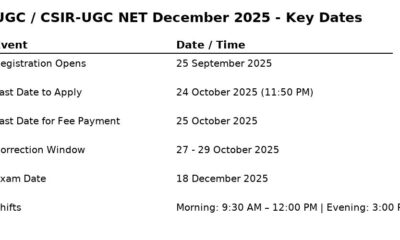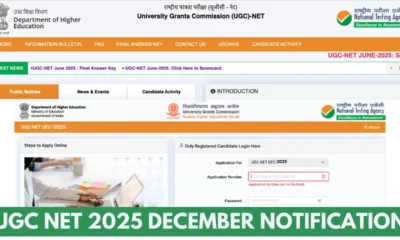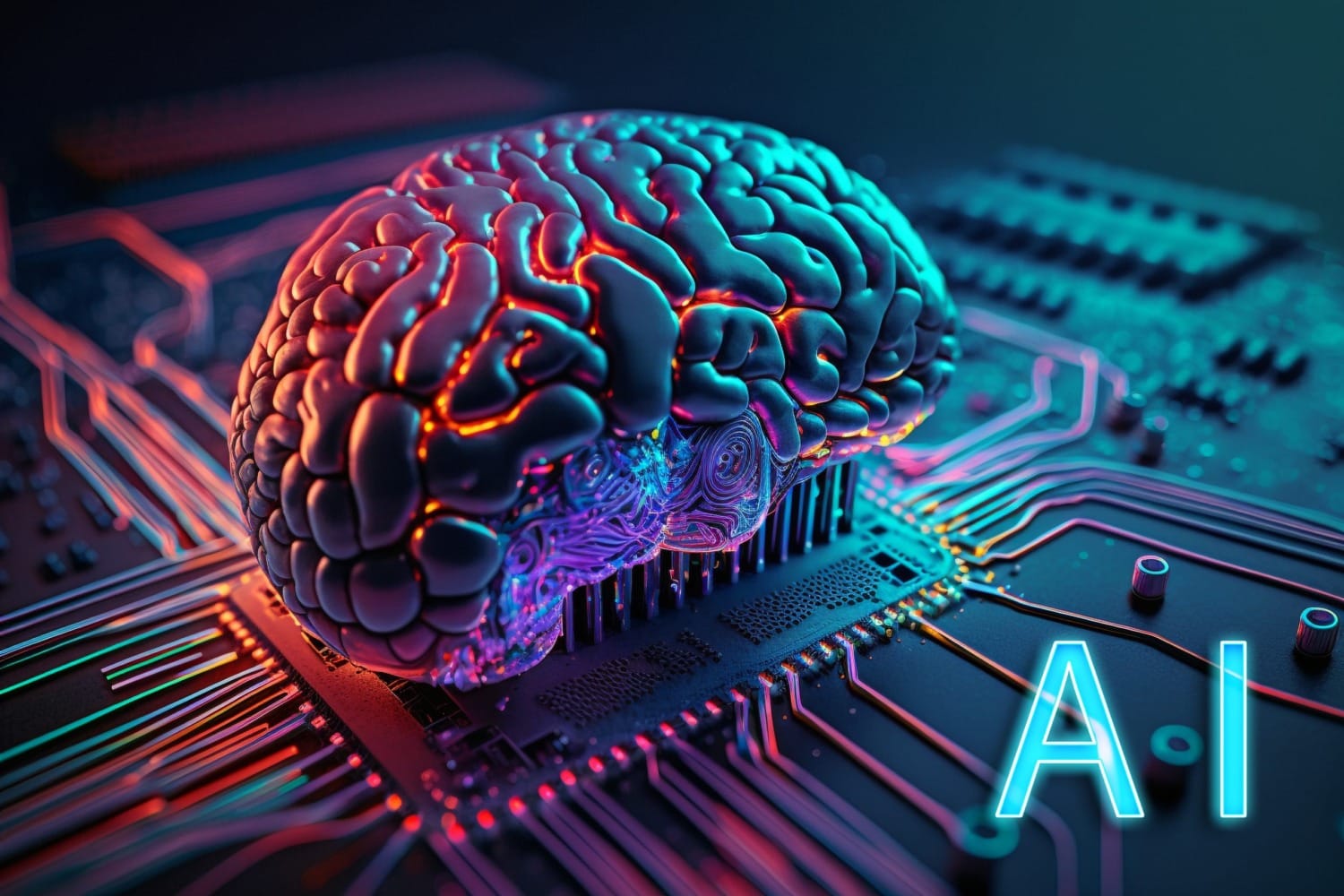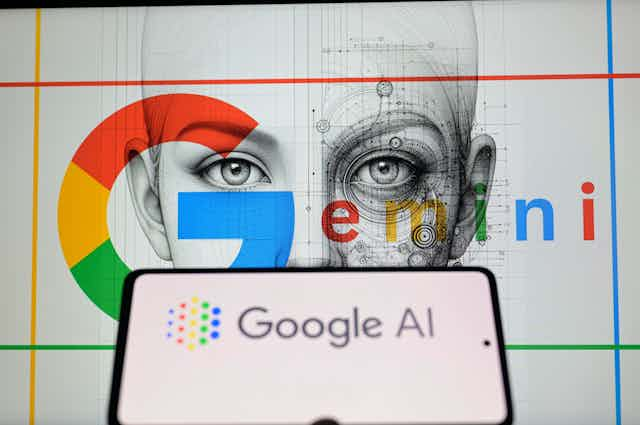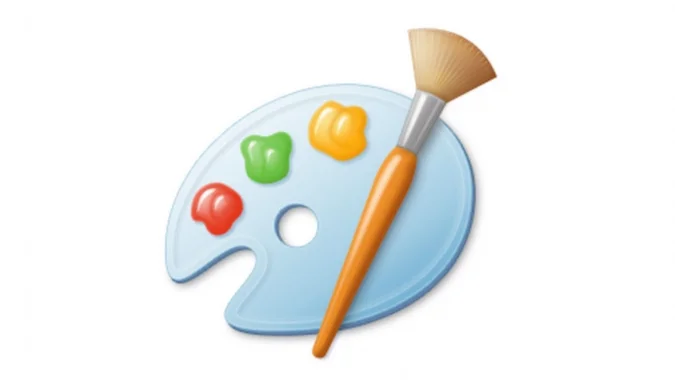Tech
भारत ने लॉन्च किया Bharat Forecasting System: अब मौसम पूर्वानुमान होगा और भी सटीक— डिजिटल इंडिया में मौसम विज्ञान की बड़ी छलांग
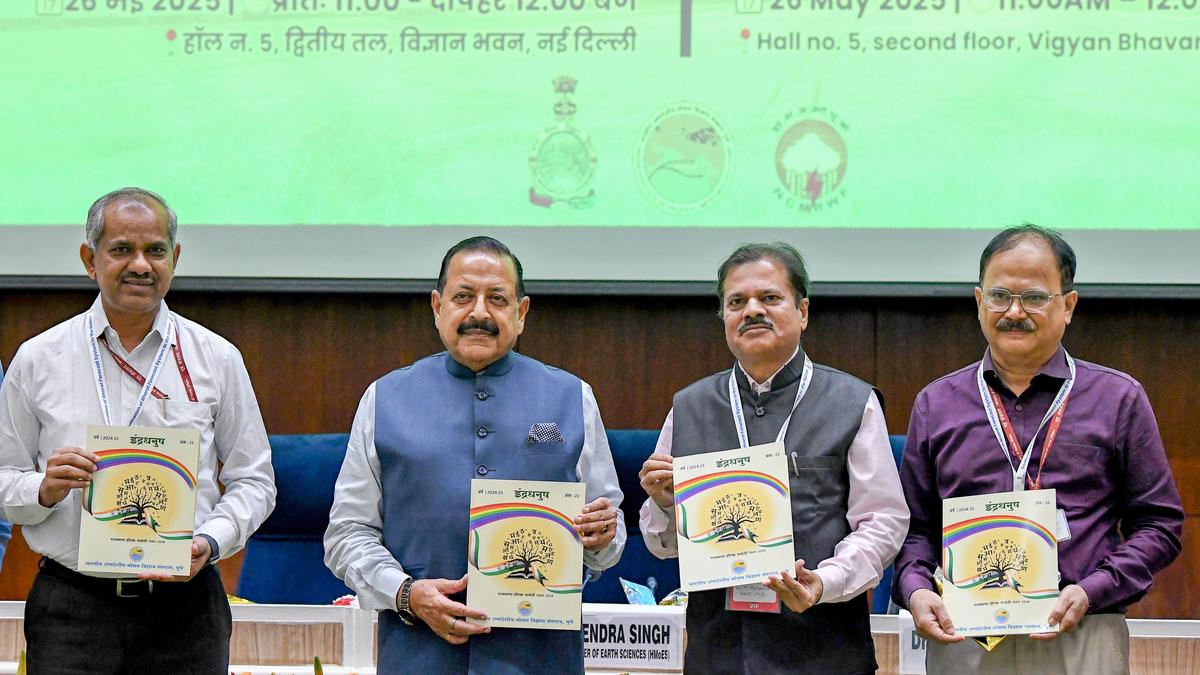
Tech
AI-Powered Learning Tools to Enter Classrooms Across 10 Indian States.
Tech
Google offers Rs. 1,95,500 worth AI Pro Plan for Free to StudentsIncludes Gemini 2.5 Pro Access and Ample Cloud Storage
Tech
Microsoft Paint Was Declared Dead in 2017. Here’s Why It’s Still Alive in 2025
In 2017, Microsoft announced Paint would be deprecated from Windows 10, sparking widespread user backlash. Despite initial reports of its “death,” classic Microsoft Paint remains available in Windows 11 with new AI-powered features. This article explores Paint’s surprising survival, the failure of Paint 3D, and what this means for legacy software in today’s tech landscape.
-
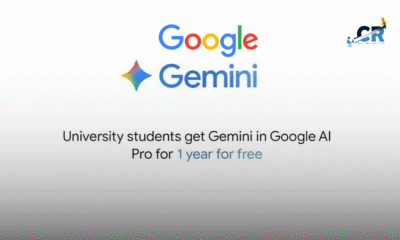
 Tech4 months ago
Tech4 months agoGoogle’s Gemini AI Pro Plan for Indian Students: A Game-Changer for Academic Success
-

 Bihar4 months ago
Bihar4 months agoPatna University Prepares for Major Relocation
-
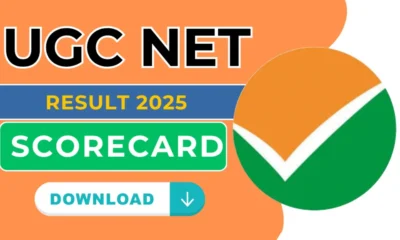
 Results3 months ago
Results3 months agoUGC-NET June 2025 Results: Detailed Breakdown of Candidate Performance
-

 Admissions3 months ago
Admissions3 months agoNEET UG 2025 Round 1 Counselling Begins Today
-

 Results4 months ago
Results4 months agoUGC NET June Result 2025 by NTA, check result date here
-

 Education4 months ago
Education4 months agoCBSE Enhances STEM Teacher Training to Promote Critical Thinking in Classrooms
-

 Education3 months ago
Education3 months agoAI and the Future of Work: Are Half of White-Collar Jobs Really at Risk?
-

 Business3 months ago
Business3 months agoThis is how you dress for a job interview, and land an offer

